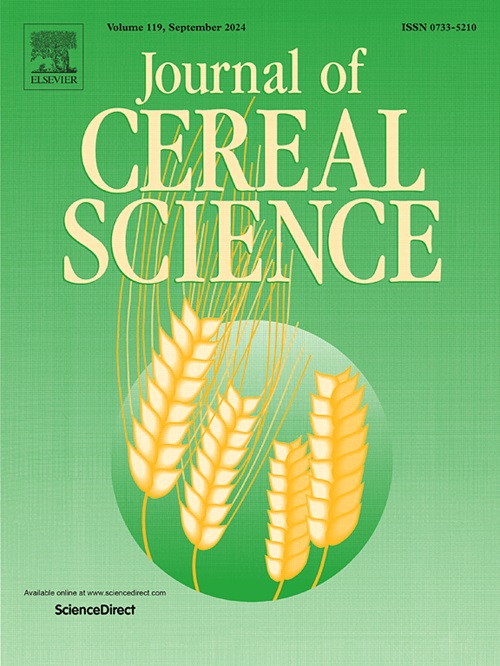Phenolic composition and antioxidant potential of Indian pigmented rice landraces cultivated under identical agro-climatic conditions
IF 3.9
2区 农林科学
Q2 FOOD SCIENCE & TECHNOLOGY
引用次数: 0
Abstract
Pigmented rice has attracted significant attention from researchers and consumers. Unlike commonly consumed rice, which undergoes extensive polishing that removes the bran and germ, pigmented rice retains these components, distinguishing it from white rice and contain high levels of bioactive compounds. The present study aimed to evaluate black and red rice landraces (n = 17) grown on the same agro-climatic location (Telangana, India), for their free and bound polyphenolic profile and antioxidant potential. HPLC was used to quantify individual polyphenols while antioxidant activity was measured using ferric reducing antioxidant power (FRAP), 2,2-diphenyl-1-picrylhydrazyl (DPPH) radical scavenging activity, reducing power (RP), metal chelation (MC) and 2,2-azino-bis-3-ethylbenzothiazoline-6-sulphonic acid (ABTS) scavenging activity. The rice landraces had a good amount of total phenolics (362–1495 mg GAE/100g), flavonoids (965–1854 mg CE/100g), anthocyanins (4.5–39.7 mg C3G/100g), pro-anthocyanins (82.2–230.6 μg CE/100 mg) and exhibited high antioxidant capacity. A total of 19 individual polyphenols were analyzed, ferulic acid emerged as the predominant phenolic acid detected primarily in the bound fractions of pigmented rice. Pearson's correlation showed a significant relationship between total phenolic content and antioxidant activities (DPPH, FRAP, RP, and ABTS). These findings highlight the role of polyphenols in the antioxidant potential of pigmented rice. Multivariate analysis, including hierarchical cluster analysis (HCA) and principal component analysis (PCA), was used to interpret the heterogeneity of the analyzed characteristics among the pigmented rice landraces. The results of the present study revealed high levels of both free and bound polyphenolic content and antioxidant activity. These findings suggest that such characteristics could play a vital role in selecting the rice landraces for the breeding programs to develop novel rice varieties high in phenolics, anthocyanin, and antioxidant potential.

求助全文
约1分钟内获得全文
求助全文
来源期刊

Journal of Cereal Science
工程技术-食品科技
CiteScore
7.80
自引率
2.60%
发文量
163
审稿时长
38 days
期刊介绍:
The Journal of Cereal Science was established in 1983 to provide an International forum for the publication of original research papers of high standing covering all aspects of cereal science related to the functional and nutritional quality of cereal grains (true cereals - members of the Poaceae family and starchy pseudocereals - members of the Amaranthaceae, Chenopodiaceae and Polygonaceae families) and their products, in relation to the cereals used. The journal also publishes concise and critical review articles appraising the status and future directions of specific areas of cereal science and short communications that present news of important advances in research. The journal aims at topicality and at providing comprehensive coverage of progress in the field.
 求助内容:
求助内容: 应助结果提醒方式:
应助结果提醒方式:


